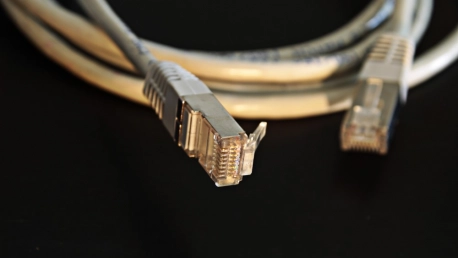Networks are indispensable for improving business productivity and communications, keeping devices and the people who use them connected. However, managing a network is difficult—even for experienced IT professionals. Because it relies on so many different variables all working in unison, it’s easy for a small error to cascade into a system-wide problem. Fortunately, most network problems can be solved easily—as long as administrators can identify the root causes of network problems. So, what are the most common network problems and how can they be fixed quickly?
Is There an Actual Network Problem?
First, you’ll need to determine whether there’s a real network-level problem, or if the issue only appears to be a network problem. For example, sometimes there is not an actual network problem, only a problematic and slow application. The best way to determine the difference is to use packet sniffer software to pinpoint the root of the problem. From there, you can use diagnostic tools or your own investigative procedure to find out what’s really going on.
The Most Common Network Issues
Slow internet speed
Slow internet could be a big problem for any employee, regardless of the place they work from. This could be caused by several issues. For example, if the office or home router isn’t working properly, you may have too many devices trying to access the internet at once, a specific application may be using too much bandwidth, or the internet provider may be experiencing service delays. Unfortunately, the only way to address these potential problems is to investigate and fix them one by one until you find the root of the problem. This can also be done remotely.
Good signal, but no connection
Occasionally, you see a signal from a router, but your device isn’t able to connect to the network. There are two potential causes for this. First, your device might not be in the router’s range. Move your device close to the router and see if you can connect then. If you still can’t connect, it’s most likely a hardware problem. You may need to replace the network card or update its drives. In some cases, you may need to replace the piece of hardware entirely. If you’re experiencing “black spots”, explore two simple solutions to expand your office Wi-Fi network.
Periodic outages
Few networks work perfectly 100% of the time, but if you see total outages (a complete inability for any device to connect to the network) on a regular basis, you have a problem that requires urgent action. There are many possible causes, but you may have a NetBIOS conflict (especially if you’re using an older system). If you disable the WINS/NetBT name resolution, you may be able to fix the situation. You can also try renaming computers and domains to solve the problem.
IP conflicts
Windows usually makes sure that there is only one IP address for every device accessing the network at any given time. In rare situations, however, two devices may have the same IP address. When this happens, one device will usually be “blocked,” which will prevent it from accessing protected files. To make matters worse, this situation can cause a delay for all connected devices—not just those with conflicting IPs. Avoiding this problem is relatively easy if you reconfigure your DHCP settings to exclude static IP addresses. This should reconfigure the IP addresses so that all machines can access the network without problems.
VoIP quality issues
Voice call problems—including delays, dropouts and quality issues—can be caused by a number of variables. However, it is possible for the network to “stutter”. Install jitter buffers to create small caches or packets of VoIP information to ensure a smooth flow of information from one point to another. You can also install new rendering codes—preferably ones with packet loss hiding as the main feature. While you’re working on configurations, always remember to update your drivers too.
Limited access connections
If you have a limited access connection, you’re probably getting a Windows error message that’s caused by a technical problem. Windows released updates that should prevent most of these errors from occurring, but if you encounter this situation, the best course of action is to perform a physical reset of your network router, and of the device trying to connect to it.
Conclusion
These common network problems could cause you some big headaches, but they shouldn’t last long if you know how to diagnose and fix them. Keep your best IT professionals close, train your employees, keep an eye on all service interruptions, and try several approaches until you can get things running again.









